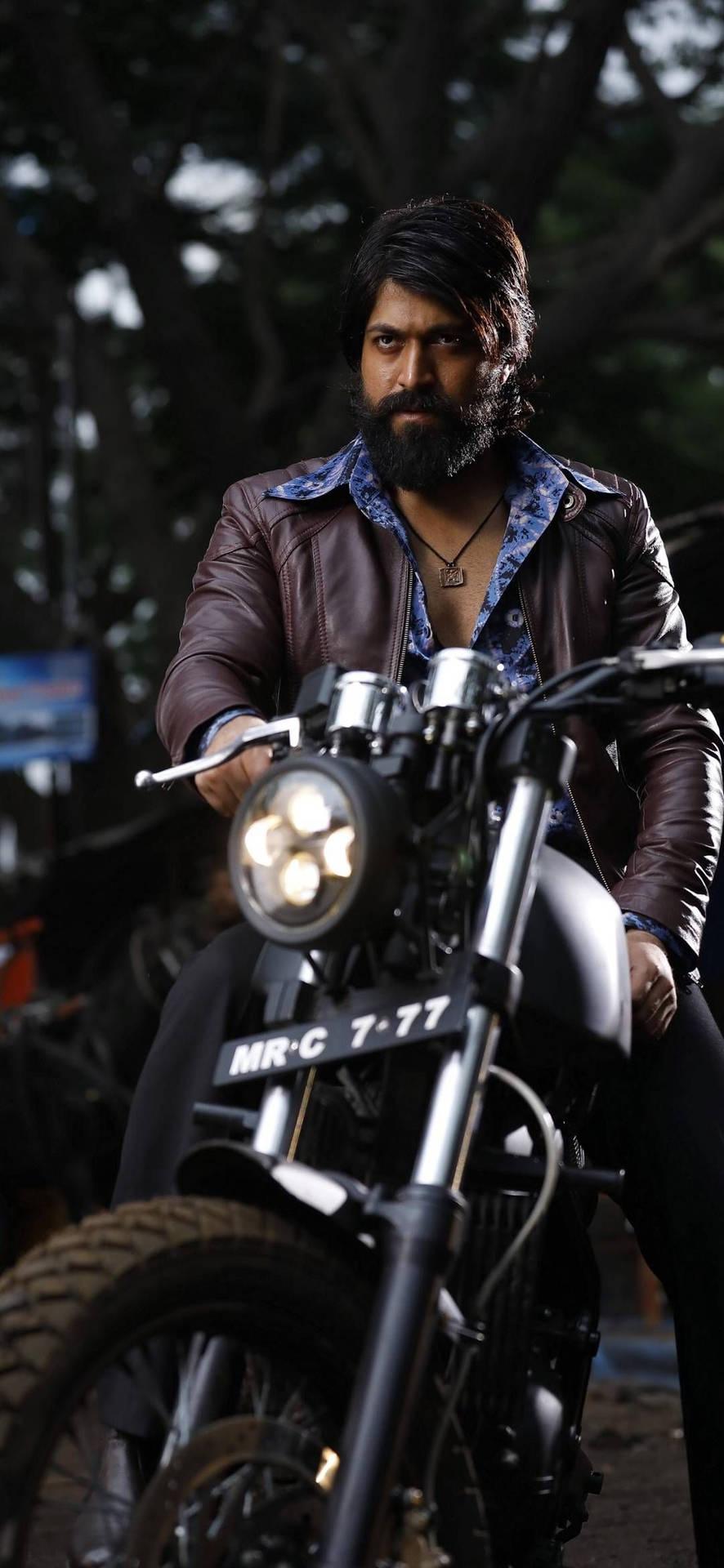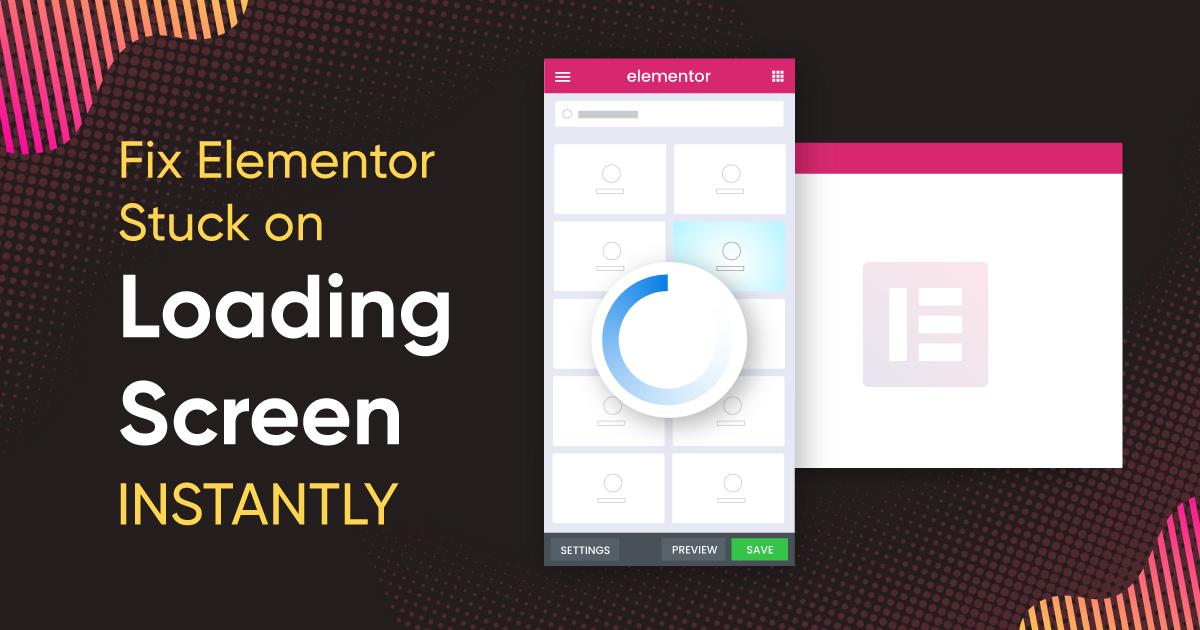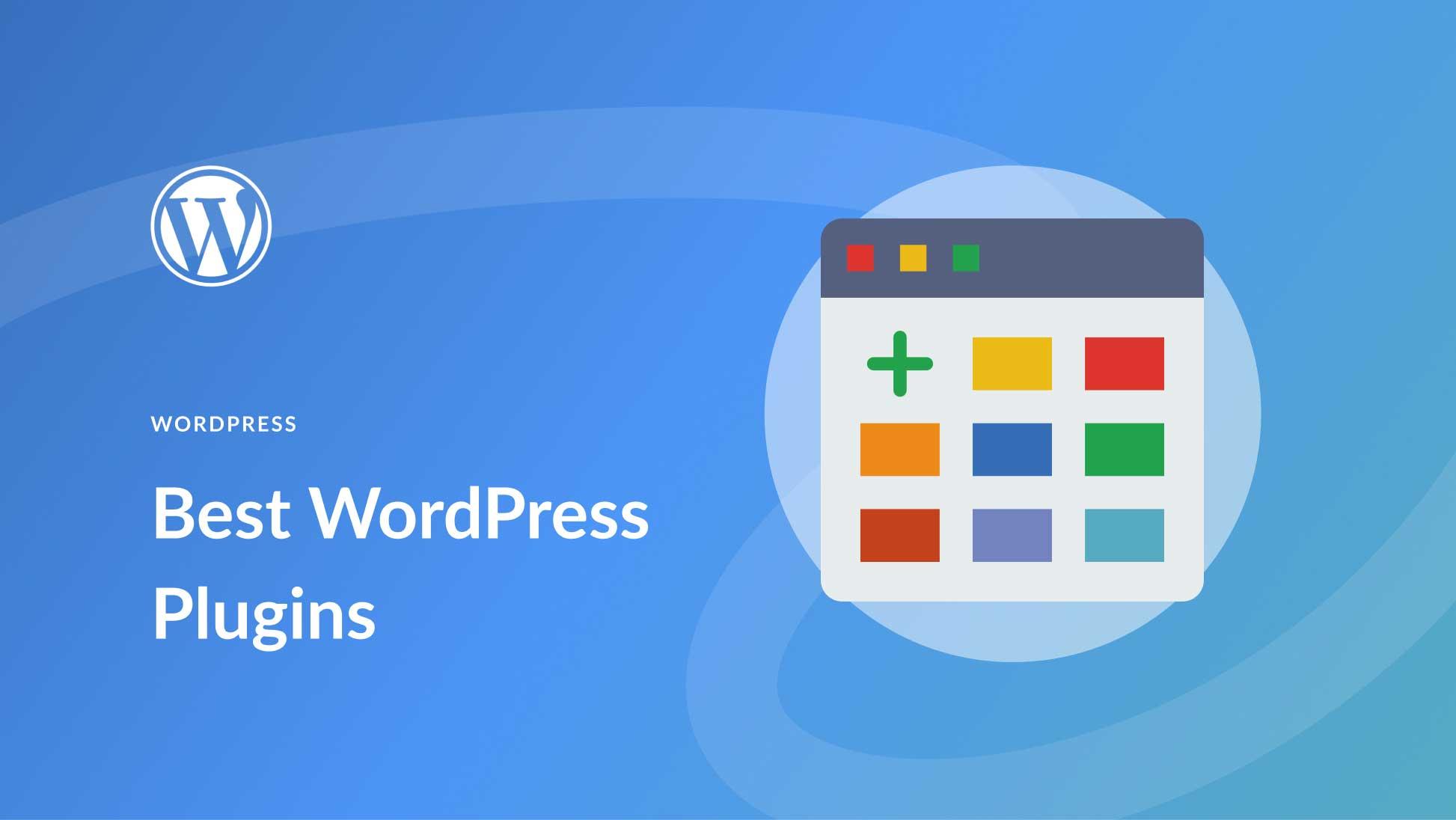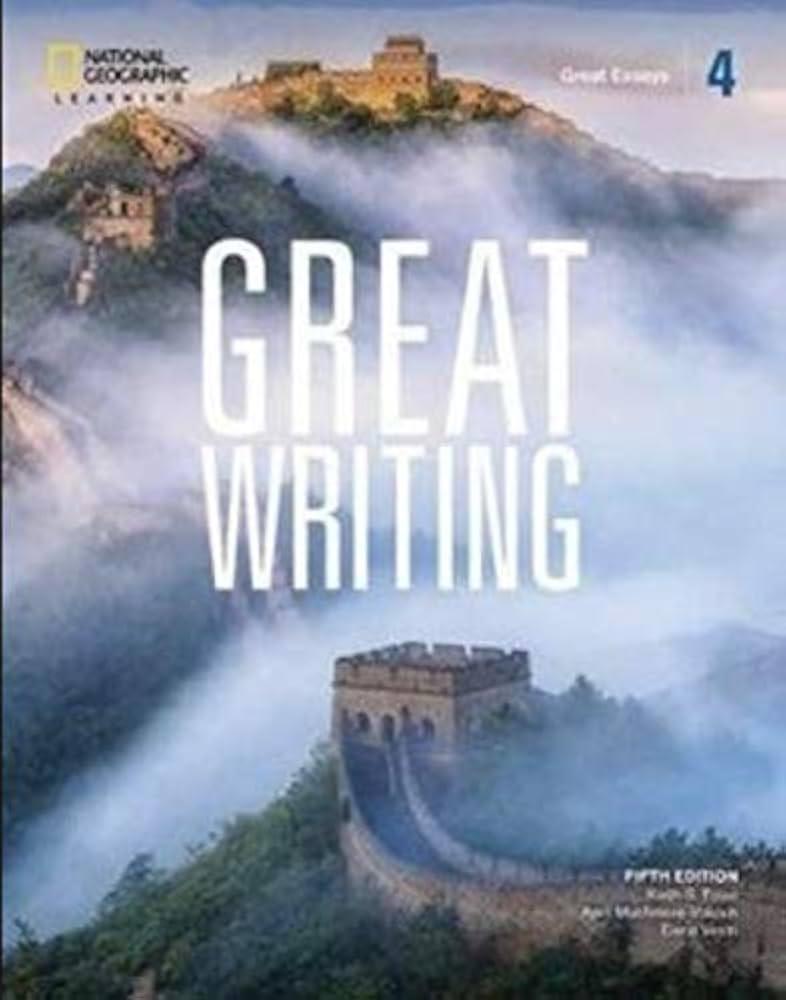The Only 5 Hero Image Best Practices That Matter
Have you ever landed on a website and immediately felt drawn in by a stunning image that just seemed to resonate with you? That’s the magic of a well-crafted hero image! It’s more than just a pretty picture; it’s your first impression, your visual handshake, and frequently enough the deciding factor in weather a visitor will stick around or bounce. But here’s the kicker: not all hero images are created equal. With so much emphasis on visuals in today’s digital landscape, knowing how to harness their power is crucial.
So, what makes a hero image truly great? In this article, we’ll dive into the only five best practices that really matter when it comes to creating hero images that captivate and convert. Whether your a seasoned designer or just starting out, these tips will help you elevate your visuals and ensure they make the impact you desire. Let’s unlock the secrets to turning a simple image into an irresistible invitation for your audience!
Understanding the Impact of a Great Hero image
When it comes to web design, a hero image serves as the first impression for visitors, setting the tone and conveying the essence of your brand. A well-chosen hero image can create an emotional connection that draws users in, while a mediocre one can lead them to click away in seconds. This pivotal visual element not only enhances the aesthetic appeal of your site but also plays a crucial role in communicating your message effectively.
To maximize the impact of a hero image, it’s essential to focus on quality and relevance. High-resolution images that resonate with your target audience can considerably increase engagement. Consider the following aspects when selecting your hero image:
- Emotional resonance: Choose images that evoke feelings aligned with your brand’s mission.
- Brand alignment: Ensure that the imagery reflects your brand’s identity and values.
- Contextual relevance: select images that relate directly to the content or products being showcased.
Moreover, the placement and design of your hero image are just as crucial as the image itself. A well-positioned hero image can guide the user’s eye toward key details, enhancing user experience. Consider implementing overlay text that is not only readable but also encourages action. Here’s how to effectively combine imagery with text:
| Text Style | Impact |
|---|---|
| Contrasting Colors | Improves readability and draws attention. |
| Bold Fonts | Conveys strength and clarity in messaging. |
| Call-to-Action Buttons | Encourages user interaction and engagement. |
Lastly, don’t underestimate the power of A/B testing different hero images to determine what resonates best with your audience. An image that might seem perfect might not perform well in practice. By analyzing user behavior and engagement metrics, you can refine your choice, ensuring that your hero image not only captures attention but also contributes to your website’s overall goals.

Choosing the Right Visuals to Capture Attention
When it comes to selecting visuals for your hero images, the goal is to make an immediate impact. The right visuals not only grab attention but also convey the essence of your brand and message. Here are some key factors to consider:
- Relevance: Ensure that the visuals align closely with the content of your page. They should not only catch the eye but also resonate with the theme and purpose of your message.
- Quality: Invest in high-resolution images. Blurry or pixelated visuals can detract from your credibility and professionalism.
- Emotion: Choose images that evoke feelings. Whether it’s happiness, inspiration, or curiosity, the emotional response can significantly enhance viewer engagement.
- Diversity: Incorporate diverse representations in your visuals. This not only broadens your appeal but also reflects inclusivity, making your brand more relatable to a wider audience.
In addition to these elements, consider the composition of your images. A well-composed image draws the eye and can lead the viewer’s attention to significant elements, such as call-to-action buttons or key messages. Experiment with different layouts, ensuring the focal point of your image complements the overall design of your webpage.
| Visual Type | Best Use Case |
|---|---|
| Photography | Personal stories or brand authenticity |
| Illustrations | Creative concepts or abstract ideas |
| Infographics | Data-driven content or statistics |
don’t overlook the importance of accessibility. Use descriptive alt text for your images to ensure that visually impaired users can also engage with your content.This not only enhances user experience but also boosts your SEO, making your site more discoverable.
Creating Emotion Through Color and Composition
Color and composition play a crucial role in evoking emotions and setting the mood of your hero images. When done right, these elements can instantly grab attention and create a lasting impression on your audience. Here are some best practices to help you harness the power of color and composition effectively.
- Understand Color Psychology: Different colors evoke different feelings. For example, blue can instill trust and calm, while red can spark excitement and urgency.Choose colors that align with your brand’s message and the emotion you want to convey.
- use Contrast for Impact: high contrast between background and foreground elements can make your hero image pop. this not only draws the viewer’s eye but also helps important elements stand out, ensuring your message isn’t lost.
- Emphasize Focal Points: Use composition techniques such as the rule of thirds or leading lines to guide the viewer’s eye toward the most critical part of your image.This approach helps direct attention and enhances storytelling.
A well-structured layout can amplify emotional resonance. Consider using ample white space to create a sense of calm and clarity. this effect can make your hero image feel more inviting, allowing users to digest your content without feeling overwhelmed.
Additionally,incorporating human elements can establish a connection. Images featuring people expressing genuine emotions can significantly enhance relatability. Studies show that human faces create a bond and can evoke empathy, making your audience more likely to engage with your message.
don’t underestimate the power of consistency across your visuals. Keeping a cohesive color palette and style throughout your website builds a unified brand identity. This consistency not only reinforces your message but also cultivates trust among your audience.
Optimizing for Speed Without Sacrificing Quality
When it comes to hero images, striking a balance between speed and quality is crucial. Users expect fast-loading pages, and if your hero image takes too long to render, they might bounce before even seeing your content. To achieve that sweet spot, consider the following strategies:
- Choose the Right Format: Use modern image formats like WebP or AVIF, which offer superior compression without significant quality loss. This can drastically reduce file sizes while maintaining a visually appealing aesthetic.
- Optimize Dimensions: Scale your images to the exact size needed on your webpage. Oversized images not only slow down load times but also waste bandwidth. Use CSS to ensure that images are responsive across devices.
- Leverage Lazy Loading: Implement lazy loading for hero images. This technique loads images only when they become visible in the viewport, significantly improving initial load speed.
Consider using a content delivery network (CDN) to serve your images. A CDN caches your images across various locations worldwide, ensuring that users access them from the server closest to them. This reduces latency and speeds up load times.
Additionally, always compress your images before uploading them. Tools like TinyPNG or ImageOptim can definately help you reduce file sizes without sacrificing quality. Aim for a balance where the image remains crisp and clear but is light enough to load quickly.
regularly audit your hero images and overall website performance using tools like Google PageSpeed Insights or GTmetrix. These tools provide insights into how your images are impacting your site’s speed and offer recommendations for improvement.
Crafting Compelling Copy to Complement Your Image
When it comes to hero images, the accompanying copy can make or break your message. A stunning visual is essential, but without powerful words to enhance it, you might miss the chance to connect with your audience. The primary goal of your copy should be to resonate with your viewers, compelling them to engage further.
Clarity is Key: ensure that your copy is straightforward and easy to comprehend. Avoid jargon or overly complex phrases that might confuse your audience. Use short sentences and simple words to convey your message effectively. As a notable example:
- Be direct in your call-to-action.
- Use active voice to create urgency.
- Focus on benefits rather than features.
Emotional Appeal: Words that evoke feelings can be incredibly powerful. Consider the emotions you want to stir in your audience. Are you aiming for excitement, nostalgia, or a sense of urgency? Align your copy with the emotional tone of your hero image. For example, if your image showcases adventure, your text could include phrases like “unleash your inner explorer” or “venture into the unknown.”
Utilizing Typography: The way you present your text can significantly impact it’s effectiveness. Use a combination of font sizes and weights to guide the reader’s eye. Highlight key phrases to draw attention. Consider this simple layout:
| Font style | Use Case |
|---|---|
| Bold | Emphasize key benefits |
| Italics | Highlight quotes or testimonials |
| Large Heading | Draw attention to your main message |
Test and Adapt: don’t forget to test different copy variations. A/B testing can reveal what resonates best with your audience. experiment with different tones, calls to action, and lengths of copy. Analyze the feedback and adapt your messaging accordingly to ensure it aligns perfectly with the visual impact of your hero image.
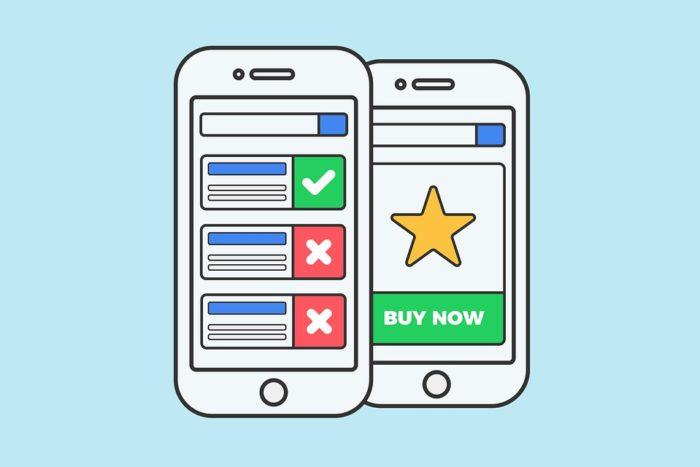
Ensuring Mobile Responsiveness for All Devices
in today’s digital landscape, ensuring that your hero images look stunning on all devices is non-negotiable. With users accessing websites from smartphones, tablets, and desktops, a one-size-fits-all approach simply won’t cut it. By strategically designing hero images that adapt seamlessly,you enhance user experience and,ultimately,engagement.
to achieve true mobile responsiveness, consider the following key practices:
- Fluid Images: Utilize CSS properties like
max-width: 100%;to ensure your images scale appropriately on varied screen sizes. This prevents cropping and maintains overall aesthetic appeal. - Media Queries: Implement media queries to serve different image sizes or aspects based on the user’s device. This can drastically improve load times and visual fidelity on smaller screens.
- Aspect Ratio: Maintain consistent aspect ratios across devices. Using height and width attributes in your HTML keeps your images proportionate, which is crucial for hero images that often dominate the screen.
- Lazy Loading: Optimize loading times by using lazy loading techniques. this ensures that images load only when they enter the viewport, keeping your site speedy and responsive.
- testing Across Devices: Regularly test your website on various devices and resolutions. Tools like browser developer tools can definitely help simulate different views, allowing you to refine your hero images for optimal performance.
| Device Type | Recommended Image Size | Aspect Ratio |
|---|---|---|
| Smartphone | 750px | 16:9 |
| Tablet | 1500px | 16:9 |
| Desktop | 1920px | 16:9 |
By embracing these practices, you not only ensure that your hero images look great on any device but also improve your site’s overall effectiveness. Remember, a visually appealing hero image can act as a powerful tool for capturing attention and driving conversions.Prioritizing mobile responsiveness is not just about aesthetics; it’s about creating an experience that resonates with every user, irrespective of how they access your site.
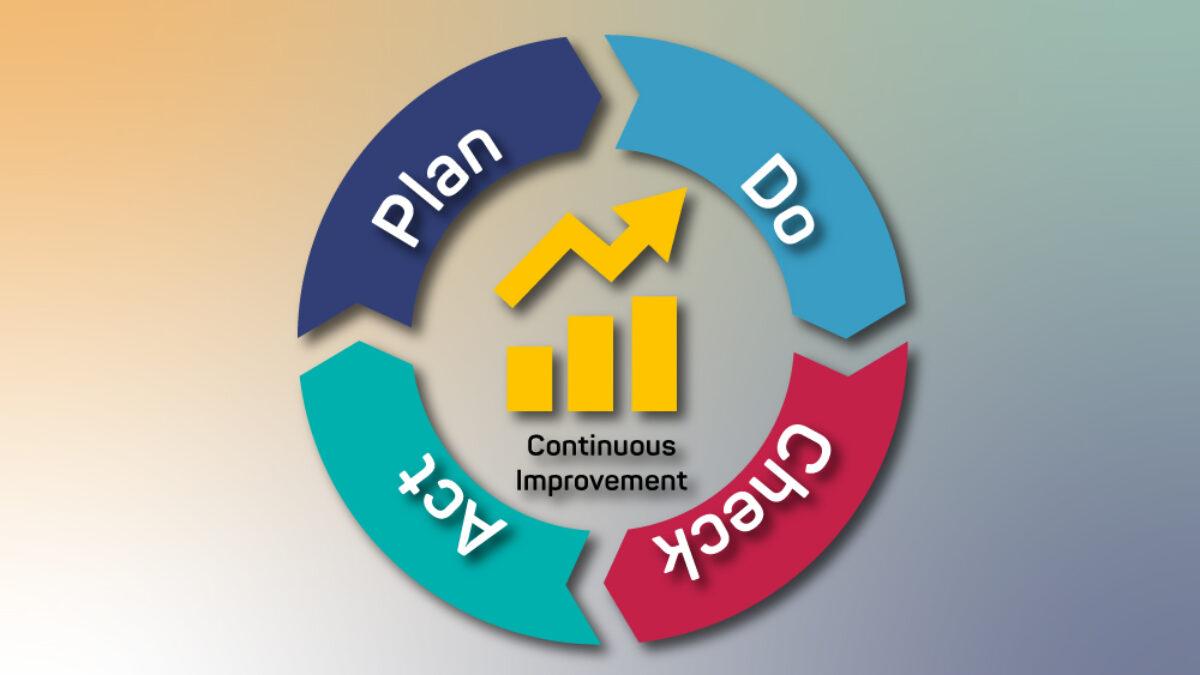
Testing and Analyzing Performance for Continuous Improvement
In the quest for visual storytelling, hero images play a pivotal role in capturing user attention and driving engagement. However, merely selecting a stunning image isn’t enough; continuously testing and analyzing its performance can lead to significant enhancements in user experience and conversion rates. The key is to adopt a systematic approach to assess the effectiveness of hero images across different platforms and audiences.
A/B testing is one of the most effective methods to evaluate which hero images resonate most with your audience. By creating two variations of the same page with different hero images, you can glean insights on user behavior. Monitor metrics such as:
- Click-through rates (CTR)
- Conversion rates
- Time spent on page
- Bounce rates
Utilizing tools like Google Optimize or Optimizely can make this process seamless, allowing you to gather data that informs your design choices.
In addition, employing heat mapping software can shed light on how users interact with your hero images. Tools like Crazy Egg or Hotjar provide visual representations of user engagement, revealing where visitors click and how they navigate through the page.This invaluable data can guide adjustments to image placement, size, and even accompanying text to optimize user interaction.
Once you have gathered enough data,create a simple performance analysis table to visualize your findings and identify trends:
| Image Variation | CTR (%) | Conversion Rate (%) | Bounce Rate (%) |
|---|---|---|---|
| Image A | 5.2 | 2.1 | 40 |
| Image B | 6.8 | 3.5 | 35 |
With these insights at your fingertips, you can make informed decisions about your hero images, ensuring they not only attract attention but also drive desired actions. Remember, performance analysis is not a one-time task; it should be an ongoing process to fine-tune your visuals for maximum impact.
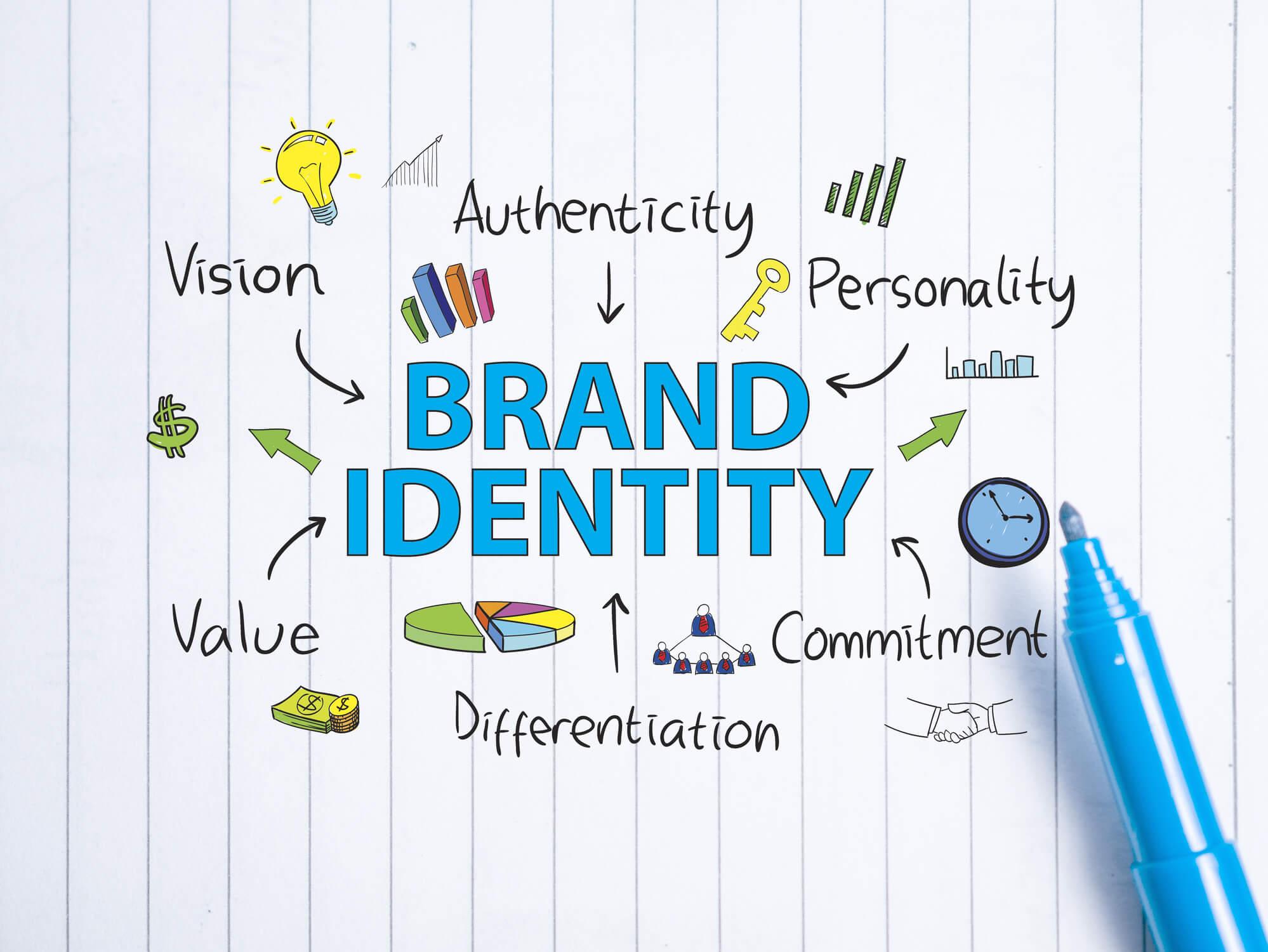
Staying True to Your Brand Identity with Every hero Image
In the realm of digital marketing, your hero image serves as the frontline ambassador of your brand. It’s not just a pretty picture; it’s a powerful storytelling tool that can convey your brand’s essence in a split second.When crafting your hero image, consider these core aspects to ensure it remains aligned with your brand identity:
- Color Palette: Use colors that reflect your brand’s personality. Such as, a tech company may lean towards blues and greens to signify reliability and innovation, while a fitness brand might use vibrant reds and oranges to evoke energy and motivation.
- Typography: The fonts you choose not only impact readability but also how your brand is perceived. ensure that your typography aligns with your brand’s voice—be it modern,playful,or complex.
- Imagery Style: Whether you opt for illustrations, photography, or graphics, the style should resonate with your audience. A luxury brand might use high-end, polished images, while a casual brand can benefit from more relaxed, candid shots.
Moreover, consistency is key. As you create hero images for various campaigns or platforms, they should all echo the core elements of your brand identity. This doesn’t mean every image needs to look identical, but rather that they should collectively tell the same story. Aligning these visuals with your existing branding elements—like your logo and overall design scheme—creates a cohesive experience for your audience.
To further illustrate this concept, here’s a simple comparison of visuals that align with or stray from brand identity:
| Aspect | Aligns with Brand Identity | Strays from Brand Identity |
|---|---|---|
| Color Scheme | Using brand colors consistently | Incorporating random colors |
| Font Choice | Consistent font across visuals | Using different fonts for each image |
| Image Style | maintaining a uniform style | Mixing styles that don’t match |
Ultimately, your hero image should act as a gateway to your brand’s story, making it imperative to stay true to your identity. By following these best practices,you not only enhance visual appeal but also build trust and recognition among your audience. Each hero image is an opportunity to reinforce who you are,so make it count!
Frequently Asked questions (FAQ)
Sure! Here’s a conversational and persuasive Q&A format for an article about “The Only 5 Hero Image Best Practices That Matter”:
Q: What exactly is a hero image,and why is it important?
A: Great question! A hero image is usually a large,eye-catching image at the top of a website or webpage. Think of it as the first impression you make online. It’s important because it sets the tone for the entire page, grabs attention, and communicates your brand’s message instantly.
Q: What are the top 5 best practices for creating an effective hero image?
A: Let’s dive in! Here are the five practices that truly matter:
- High Quality is a Must: Always use high-resolution images. Blurry or pixelated images can make your brand look unprofessional. Remember, quality speaks volumes!
- Focus on Your Audience: Choose images that resonate with your target audience. Think about their aspirations and pain points. What do they want to see? That connection can make all the difference.
- Keep it Simple: Avoid clutter. A hero image should be impactful but not overwhelming. A clear focal point helps guide visitors’ attention right where you want it.
- Use Text wisely: If you add text, make sure it’s readable and complements the image. Use contrasting colors and a simple font to ensure that your message stands out without overshadowing the image.
- Mobile Responsiveness: Your hero image should look stunning on all devices. With the majority of web traffic coming from mobile, ensure your image adjusts well for smaller screens without losing its impact.
Q: How can I ensure my hero image aligns with my brand identity?
A: Excellent question! To align your hero image with your brand identity, consider your brand’s color palette, style, and messaging. Use imagery that reflects your values and mission. Consistency is key—when visitors see your hero image, it should evoke the same feelings they get from the rest of your branding.
Q: Can you share some examples of effective hero images?
A: absolutely! Look at websites like Apple or Airbnb.They utilize stunning hero images that immediately convey their brand ethos—innovation and adventure, respectively. Notice how they use space, color, and composition to create a memorable first impression.
Q: What common mistakes should I avoid with hero images?
A: Some pitfalls to watch out for include using overly complex images, neglecting mobile optimization, and failing to update your hero image when your brand evolves. Also, avoid using stock images that feel generic; authenticity goes a long way in building trust!
Q: How often should I update my hero image?
A: Ideally, you should refresh your hero image when you launch a new product, run a campaign, or every few months to keep things fresh. Regular updates can help re-engage returning visitors and signal that your brand is dynamic and attentive to trends.
Q: Any final tips for someone working on their hero image?
A: Absolutely! Test different images and get feedback from users. A/B testing can help you see what resonates best with your audience. And remember,your hero image is your chance to make a powerful statement,so don’t be afraid to be bold and creative!
By following these best practices,you’ll be well on your way to creating a hero image that captivates your audience and elevates your brand.If you’re ready to make an impact,start rethinking your hero image today!
—
Feel free to modify any part to better fit your article’s needs!
Concluding Remarks
And ther you have it—the only five hero image best practices that truly matter! By focusing on quality visuals,ensuring relevance,optimizing for speed,maintaining consistency with your brand,and making your images responsive,you’re well on your way to creating a captivating first impression that resonates with your audience.
Remember,your hero image is more than just a pretty picture; it’s a powerful tool that can draw visitors in,convey your message,and drive conversions. So, take a moment to evaluate your current hero images and see where you can apply these practices.
Trust us,a little attention to your hero images can make a massive difference in how your audience perceives your brand. Ready to elevate your visual game? Get started today, and watch as your website transforms into a space that truly reflects the essence of your brand!
If you found this guide helpful, don’t forget to share it with fellow marketers or anyone looking to spruce up their website. let’s keep the conversation going—what hero image best practices have worked for you? We’d love to hear your thoughts!

